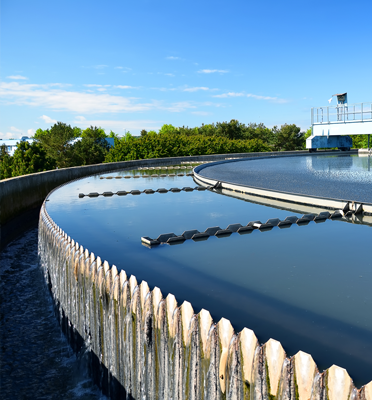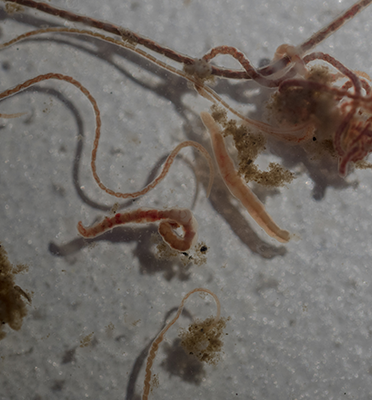Pool water is usually disinfected using chlorine-based products, such as hypochlorite, to wipe out all micro-organisms. Unfortunately, hypochlorite also reacts with other pollutants in the water, such as sweat and urine, to release disinfection by-products. These by-products may be harmful to health and can cause skin irritation and red eyes. The DIPool project of Marjolein Peters and Maarten Keuten looks at how the formation of harmful disinfection by-products can be counteracted, either by reducing the contamination of the water or by using less or no hypochlorite. The ultimate goal is to develop a chlorine-free pool based on UV disinfection.
Hygiene
The contamination of pool water can be reduced considerably if swimmers improve their hygiene behaviour. The initial contaminant input – dirt on the skin – comprises about 30% of the total contaminant input and can be reduced by a one-minute pre-swim shower. Persuading swimmers not to pee in the pool would bring contamination down by another 30%. Simply by being cleaner, swimmers can reduce contamination and harmful disinfection by-products by a whopping 60%.
Micro-organisms
If no hypochlorite is used at all, micro-organisms will survive and form into biofilms on the walls of the pool. Biofilms are slimy to the touch and home to a multitude of bacteria. To prevent biofilm from forming, Peters looked into the use of alternative materials, such as stainless steel and plastics. She is also investigating the best way of removing biofilm using a robotic pool cleaner.
Any remaining micro-organisms can be removed during the purification process. DIPool water purification is based on ultrafiltration and UV disinfection. Lab tests showed that the microbiological quality of the water was comparable to that of chlorinated pool water, with the added advantage that the DIPool purification method does not produce harmful disinfection by-products. A pilot will have to determine whether or not the DIPool concept will be as successful in practice as it is in the lab.




